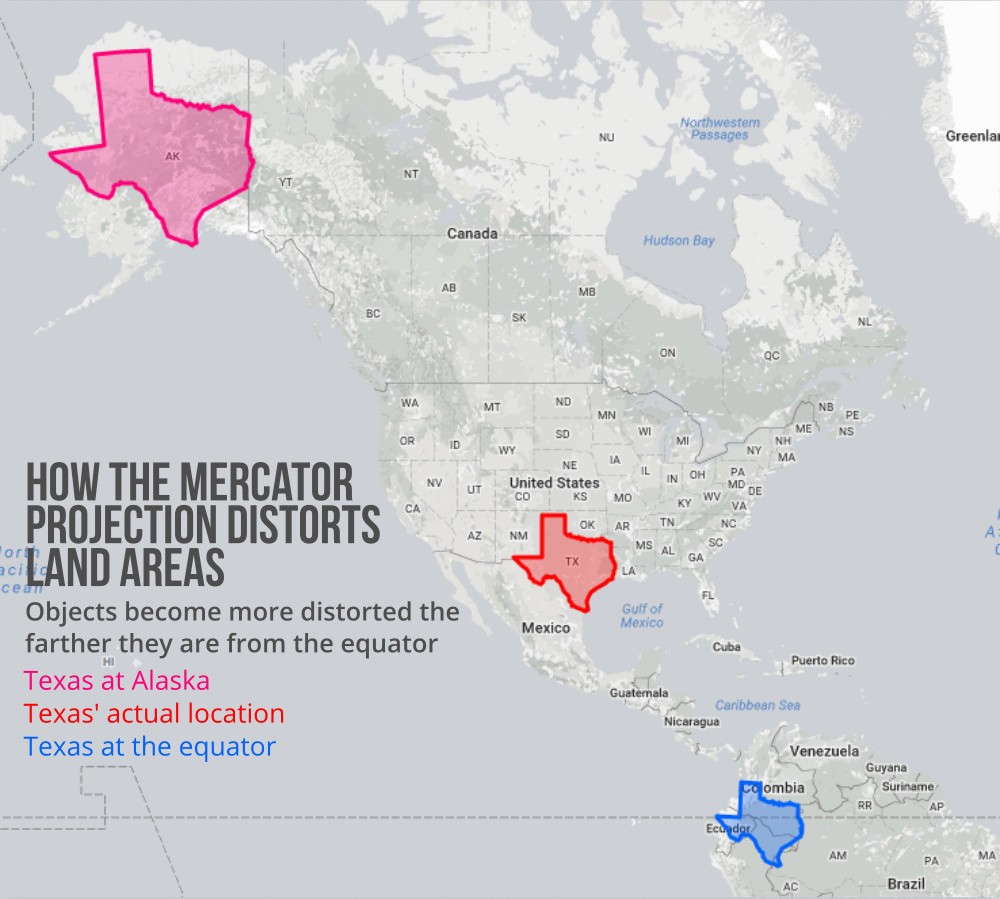Texas, the Lone Star State, is renowned for its vastness. Texans often joke about its size, and for many in the United States, Texas feels undeniably big. But how does this perception hold up on a global scale, especially when compared to a continent like Australia? It’s time to delve into a true size comparison, moving beyond common map distortions to understand the real difference between Texas and Australia.
Many people rely on standard world maps, which often use the Mercator projection. This projection, while useful for navigation, significantly distorts the size of landmasses, particularly those further from the equator. This distortion can lead to misinterpretations about the true size of countries and continents. When we look at a Mercator projection, areas like Greenland and even Australia can appear deceptively large compared to regions closer to the equator like Texas.
To get a clearer picture, we need to adjust for this distortion. Graphics that accurately represent landmass sizes reveal a surprising truth: while Texas is indeed large, Australia is on an entirely different scale. In fact, Texas covers only about 9% of the total landmass of Australia. To put it another way, you could fit more than ten Texases within the borders of Australia.
 Mercator Projection Map: Visualizing Land Area Distortion for Accurate Size Comparisons Between Texas and Australia.
Mercator Projection Map: Visualizing Land Area Distortion for Accurate Size Comparisons Between Texas and Australia.
This stark difference becomes even more apparent when considering the internal divisions of Australia. Texas is smaller than at least two-thirds of Australia’s states and territories. Imagine placing Texas within Western Australia, Queensland, or even the Northern Territory – Texas would be dwarfed within these regions.
While Texans are rightly proud of their state’s size within the United States, comparing Texas to Australia provides a valuable lesson in global geography. It highlights how easily our perceptions of size can be skewed by map projections and reinforces the sheer scale of continents like Australia. The next time you think about the vastness of Texas, remember to picture it within the even larger context of the Australian continent – a landmass that truly puts size into perspective.